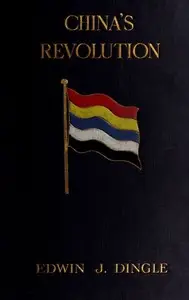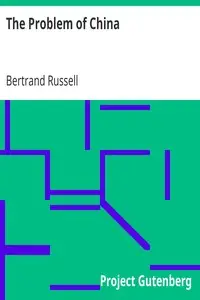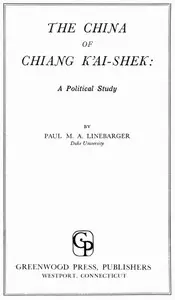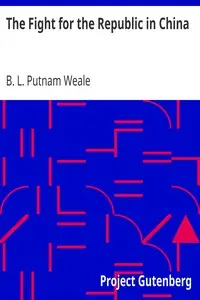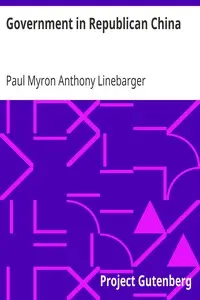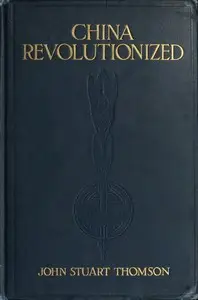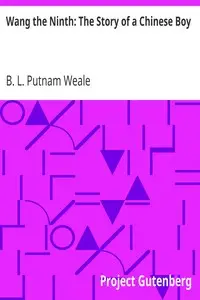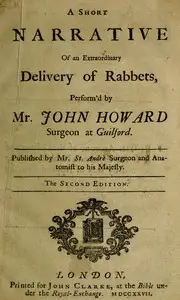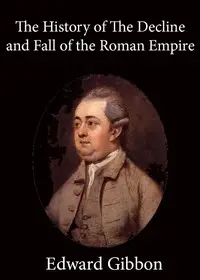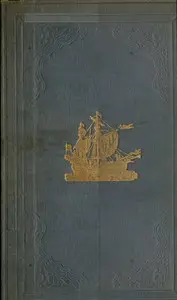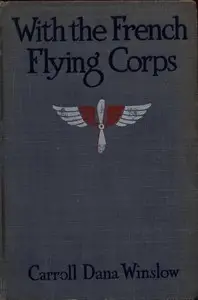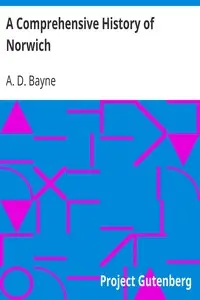"The Fight for the Republic in China" by B. L. Putnam Weale is a historical narrative from the time of World War I which observes the difficult trek China took toward becoming a republic after the Qing Dynasty crumbled. The book shines a light on the different ideas, powerful people, and groups that impacted this wild time in China’s past. Figures like Yuan Shih-kai are examined for the roles they played in shaping the political landscape. The story sets the stage for the 1911 revolution with an explanation of the power struggles and conflicting beliefs at the end of the Qing Dynasty. It also talks about what led to people wanting to get rid of the Manchus and the social and economic reasons why people felt the way they did. The book carefully builds a picture of the past grievances that fueled revolutionary passion and emphasizes just how important the fight for a modern way to govern China really was.
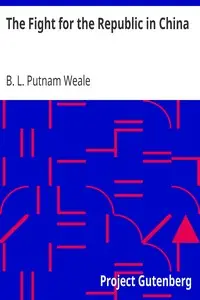
The Fight for the Republic in China
By B. L. (Bertram Lenox) Putnam Weale
Witness the intense birth of a nation as China battles internal turmoil and external pressures to forge a new identity, led by ambitious figures who would determine its fate.
Summary
About the AuthorBertram Lenox Simpson (1877–1930) was a British author who wrote about China under the pen name "B. L. Putnam Weale". Lenox Simpson was the son of Clare Lenox-Simpson, who had been in the Chinese Maritime Customs Service since 1861; he had a brother, Evelyn, a mining engineer who worked in China, and a sister, Esme. His education was at Brighton College, after which he too joined the Service. He was in China during the Boxer Rebellion and during the siege of the legations. After this, he became Brigade Interpreter for the British Expeditionary Force.
Bertram Lenox Simpson (1877–1930) was a British author who wrote about China under the pen name "B. L. Putnam Weale". Lenox Simpson was the son of Clare Lenox-Simpson, who had been in the Chinese Maritime Customs Service since 1861; he had a brother, Evelyn, a mining engineer who worked in China, and a sister, Esme. His education was at Brighton College, after which he too joined the Service. He was in China during the Boxer Rebellion and during the siege of the legations. After this, he became Brigade Interpreter for the British Expeditionary Force.

